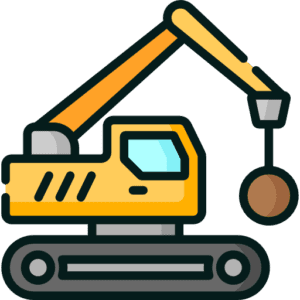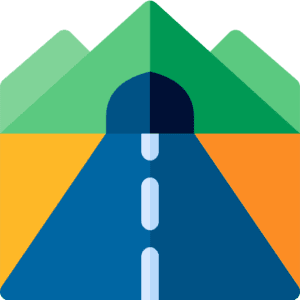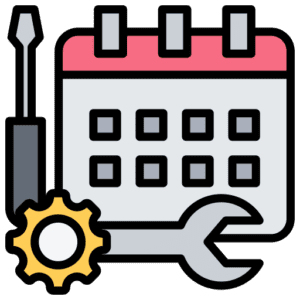CSCS Highways Mock Test
CSCS Highways Mock Test – Get Ready for Road and Highway Construction
What is the CSCS Highway Works Test?
The CSCS Highway Works Test is a specialist Health, Safety and Environment (HS&E) test designed for individuals working on highways, roads, and public infrastructure projects. It ensures that workers understand the specific hazards and regulations associated with highway maintenance and construction.
Why Take a Highway Works Mock Test?
Practicing with a CSCS Highway Works Mock Test helps you prepare for the actual exam by familiarising yourself with the format, testing your knowledge, and highlighting any areas that need improvement before your official test date.
What Topics Are Covered?
This test focuses on both general health and safety principles and job-specific topics, including:
Working near live traffic and roadways
Setting up and maintaining safe work zones
Temporary traffic management and signage
Personal protective equipment (PPE) requirements
Manual handling and machinery safety
Environmental awareness and pollution control
Emergency procedures on highways
Who Should Take the Highway Works Test?
This test is ideal for those involved in:
Road construction and resurfacing
Highway maintenance and repair
Kerb laying and drainage installation
Traffic management operations
Utility work on public roads
Benefits of the Mock Test:
Practice with realistic questions and scenarios
Improve confidence and exam performance
Test your knowledge of industry safety standards
Prepare for a safe and efficient working environment on highways














